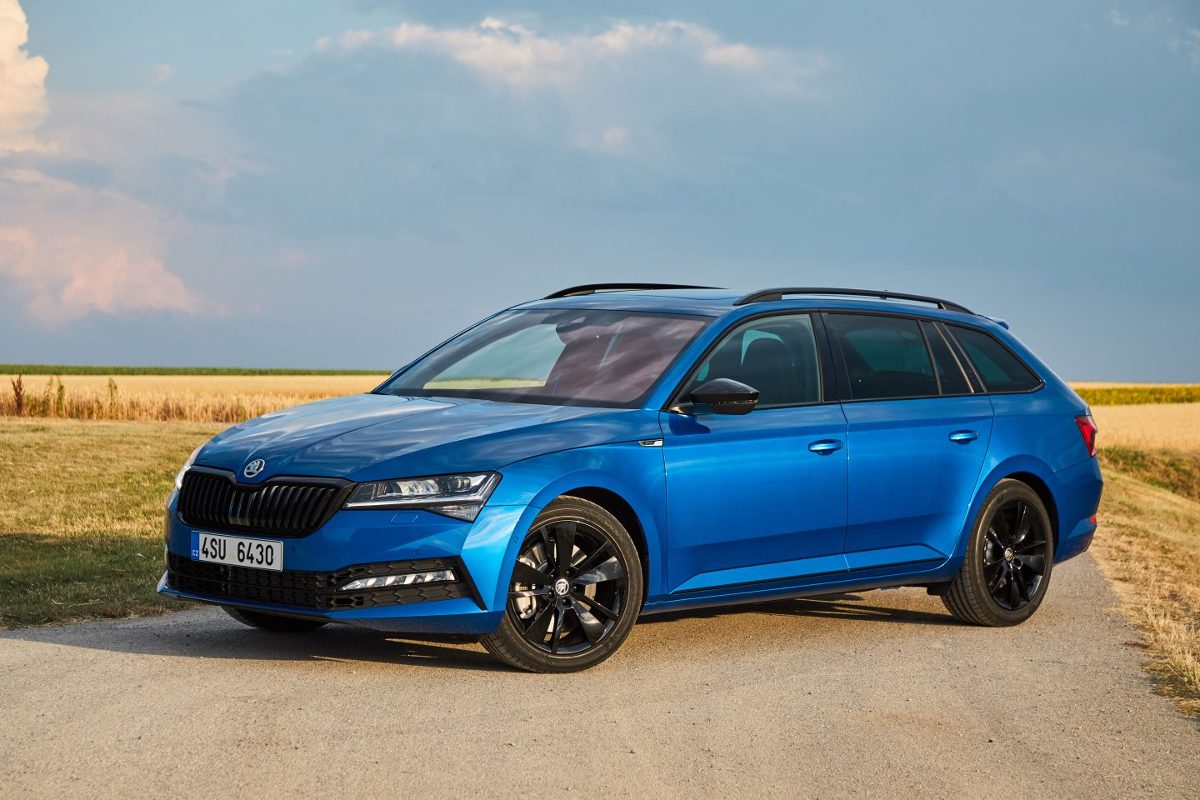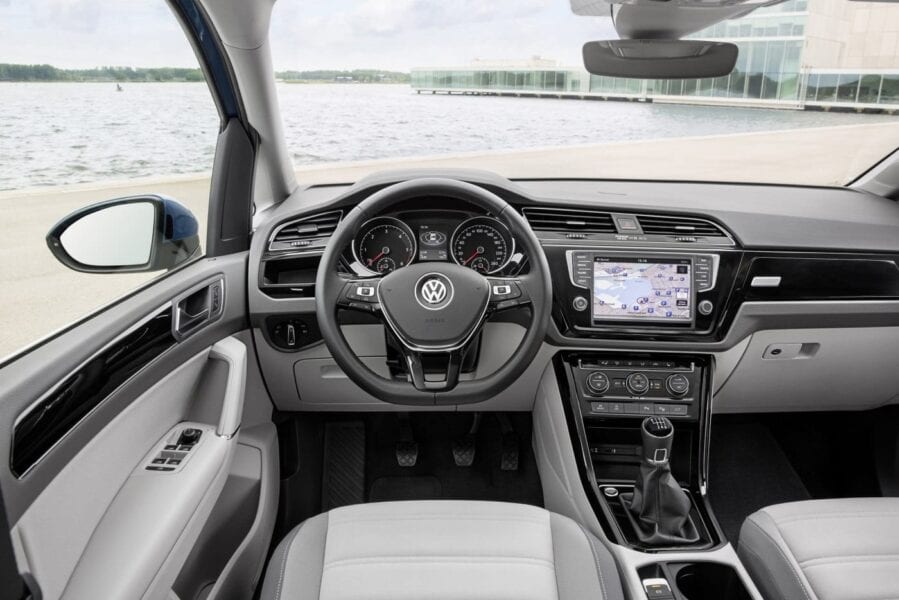
Safe travel on vacation. Responsibility and imagination
 The holidays are in full swing, which means that a large number of drivers have left on the roads, who, together with their families, are going on a summer vacation. What can you do to make your vacation as safe as possible?
The holidays are in full swing, which means that a large number of drivers have left on the roads, who, together with their families, are going on a summer vacation. What can you do to make your vacation as safe as possible?
According to traffic and driving experts, the main dangers during holiday trips are traffic congestion and the rush of a large number of drivers. Added to this is the bravado of some vehicle users and fatigue. That is why it is in the summer, under favorable weather conditions, that most traffic accidents and accidents occur.
Meanwhile, a large number of drivers go on a long journey during the holidays, which cover a distance of several or several kilometers every day. Going on vacation, they have to travel several hundred, and if they go abroad, then several thousand kilometers.
- First, when going on vacation, for security reasons, one should refrain from haste. If we get to the resting place in a few tens of minutes or even a few hours, nothing will happen. But we will get there safely, emphasizes Radosław Jaskulski, coach of Skoda Auto Szkoła.
It is good practice to work out an itinerary before departure. If you have a long trip, we will break it into stages, taking into account breaks every two hours. They should be marked in places where there is a good infrastructure for travelers (bar, restaurant, toilets, playground) or there are some tourist attractions that can be visited as part of the rest. We also have to pay attention to the types of roads we are going to travel on and how heavy the traffic is on them. Sometimes the shortest path may not be the best. It is better to choose a longer road that runs along the highway or expressways.
However, the key to a successful trip is safe driving. According to the instructor of Skoda Auto Skoła, it is worth adhering to a defensive driving style. This concept should be understood as responsibility and conscious avoidance of foreseeable threats. It is also about avoiding crowded and dangerous routes and risky travel times. There is, for example, a group of drivers who, fearing the heat, go on vacation at night. This is unreasonable, because driving at night increases the risk of falling asleep at the wheel or colliding with another vehicle whose driver has fallen asleep. There are more animal encounters at night.
“The key to safe driving is consciously maximizing the benefits of learned safe driving skills by observing the road from a distance, planning maneuvers early and consistently choosing road position and speed in a way that increases safety,” explains Radoslaw Jaskulski.
An example of defensive driving would be, for example, smoothly crossing intersections. – Some drivers, being on a secondary road and approaching an intersection with a priority road, completely stop the car and only then evaluate whether they have a free passage. Meanwhile, if they had already made such an assessment a few meters earlier, they would not have had to stop the car completely, the ride would have been smooth. Of course, provided that nothing obstructs the view at the crossroads, explains the coach of Skoda Auto Szkoła.
There are also a number of other elements that influence the behavior of the driver behind the wheel, such as temperament and personality traits or psychomotor and psychophysical fitness. The last two determinants worsen as the driver becomes fatigued. The longer he drives a vehicle, the lower his psychomotor and psychophysical performance. The problem is that the driver can not always catch the moment when he gets tired. This is why scheduled travel breaks are so important.

